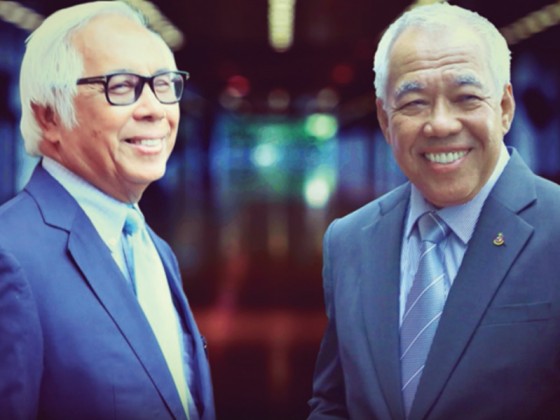It is estimated that approximately 500 million new jobs need to be created by 2020 to provide opportunities to those currently unemployed, not to mention consideration for the youth projected to join the workforce over the next few years.
by | Rushdi Abdul Rahim | rushdi@might.org.my
Greetings and Salutations!
In the parlance of our times, each mention of the phrase ‘Future of Work’ conjures up images of robots with artificial intelligence taking up jobs that were previously completed by humans. We imagine human beings armed with a high level of technical knowledge working with these intelligent robots in pristine looking offices full of digital displays and computer readings. These are the scenes we normally see in movies. In reality, the future of work poses considerable challenges.
According to the International Labour Organization, more than 61 million jobs have been lost since 2008, leaving more than 200 million people unemployed globally. It is estimated that approximately 500 million new jobs need to be created by 2020 to provide opportunities to those currently unemployed, not to mention consideration for the youth projected to join the workforce over the next few years. Herein lies a challenge—many industries are currently facing difficulty in hiring qualified staff. One survey found that, globally, 38 percent of all employers are reporting difficulty in filling current job vacancies.
Here at myForesight® & MIGHT, we have been looking at this topic over the past 12 months. During the last Malaysia’s National Science Council meeting chaired by the Prime Minister, we were given the opportunity to present salient points of our findings, specifically on the topic of “Future of Work – The changing nature of work, workforce & workplace.”
During the meeting, we highlighted the impact trends of globalisation, technological progress and demographic change are having on the numbers and nature of work that are available, as well as potentially how and who will be undertaking them. These trends affecting the future of work not only offer opportunities, but also bring with them significant challenges and associated risks.
The rate of technological development and its convergence are changing industries at a rapid pace. Therefore, the future of work is undergoing massive changes—the type and nature of work, the requirement of its workforce, as well as the changing form of workplaces. Managing this transition will be a challenge, since it involves preparing for a future beyond the expected increase of automation.
We acknowledge the difficulty in facing policymakers in planning the details for the potential changes that might affect the world of work in years to come. What is most apparent during the presentation and the discussion that followed was the need, due to advances in technology and the 4th Industrial Revolution, for a systemic change in education and training.
The mutual feeling is that prospective employers need to collaborate with schools and universities on the development of curriculum, and to readily share knowledge concerning demands of the job market. The education system also needs to incorporate the change necessary to allow a focus on lifelong learning. While there has been impressive progress in improving access to education and its quality, the relevance of learning has rarely been improved on any notable scale. Continuous review of education and workforce policies are needed to make them more reactive and relevant to the ever-changing market requirements.
However, it is not all doom and gloom. We believe the advances in technology could also give a huge boost and create jobs. This will depend on the ambitions and drive of Malaysia’s industries in embracing the 4th Industrial Revolution.
We offer some great reads in this publication to stimulate your thinking regarding the changes already happening or about to happen in your workplace. We hope you’ll find this magazine thought provoking, and we welcome commentaries, suggestions and contributions of ideas.









